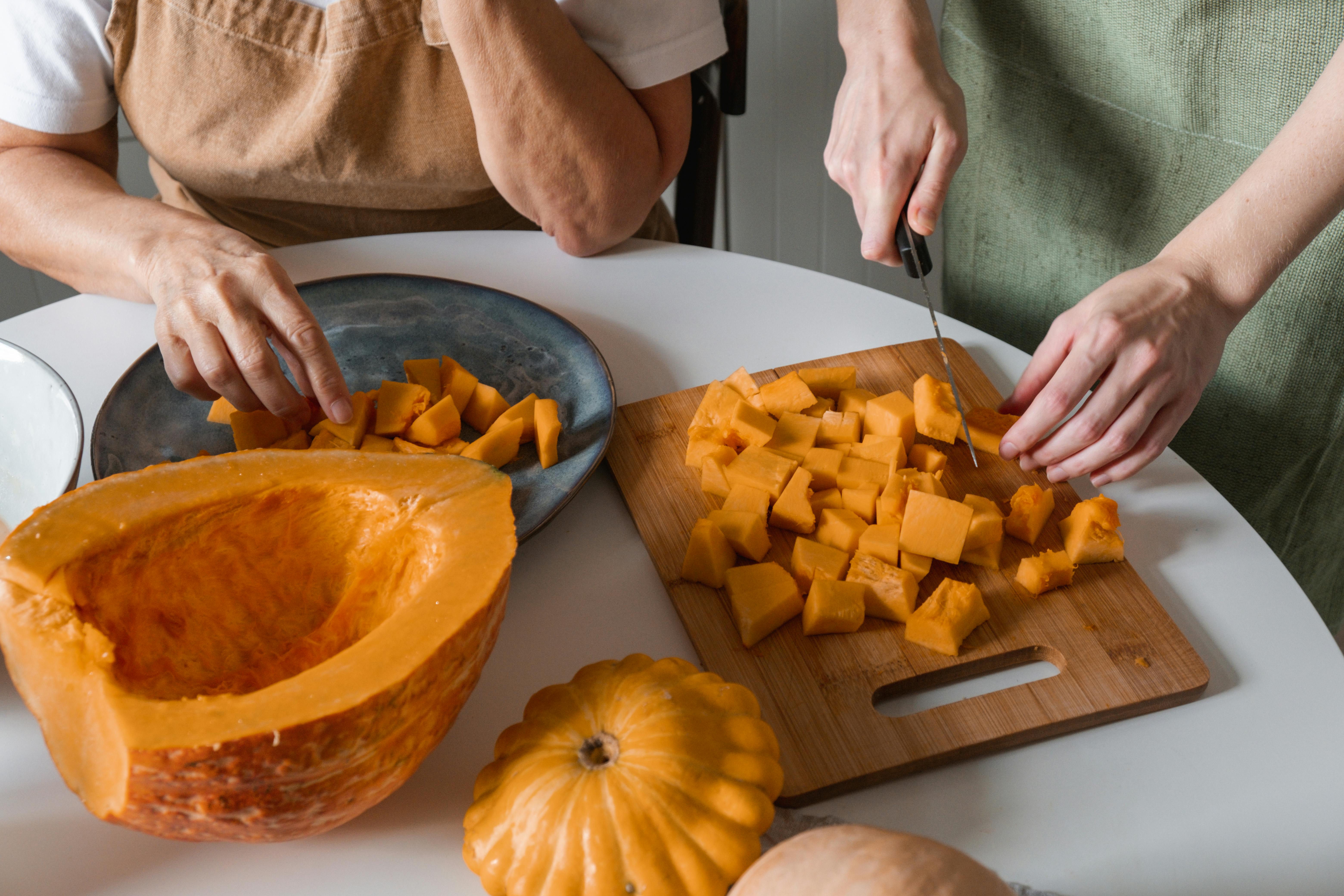
From the trendy avocado toast that leads to "avocado hand" lacerations to the annual October ritual of pumpkin carving gone wrong, our kitchens are serving up more than just meals.
As hand therapists, we find ourselves on the front lines of educating to prevent injury and also treating these patients post-operatively. In this blogpost, we'll slice through the data on two of the most common seasonal hand injuries and carve out the best practices for post-operative tendon repair rehabilitation that can help our patients get back to creating those precious kitchen memories safely.
Is it the design of the fruit that makes it an increased risk for hand injuries?
Perhaps the fat filled center and the slippery pit cause the knife to slip, slicing the palm and digits as a result.
Is it the way we hold the fruit with our non-dominant hand?
Perhaps holding the avocado in our palm puts the non-dominant hand at risk if the knife were to slip in the downward motion while cutting in to the fruit.
Is it how we use the knife as a tool to remove the pit that puts our hands at risk?
Perhaps it is the (unsafe) choice to use the tip of the knife directed into the pit in an attempt to remove the pit from the halved avocado.
What are the most common injuries patterns sustained during an avocado accident?
What is the best way to prevent an avocado slicing accident?
Is it the design of the fruit that makes it an increased risk for hand injuries?
Perhaps the tough outer rind that covers the softer flesh and fibrous center containing the seeds make carving pumpkins risky for hand injuries. We are using such force to cut through the outer layer that the knife may slip when we hit the softer inner layers.
Is it the way we hold the fruit with our non-dominant hand?
Perhaps using our hand to stabilize the pumpkin as we stand over it cutting puts the non-dominant hand at risk.
Is it the knife/ tool we are using that puts our hands at risk?
Perhaps using a knife that is not designed for pumpkin carving, such as a sharp kitchen knife increases the risk of injury.
What are the most common injuries patterns sustained during a pumpkin carving accident?
What is the best way to prevent a pumpkin carving accident?
As previously mentioned, tendon injuries are a very common result of a knife mishap when slicing an avocado, carving a pumpkin or any other traumatic laceration in the palm or digits. Surgery is often necessary for repair to ensure optimal return to functional use of the hand.
Evolving research in post-operative flexor tendon protocols for zone of injury I or II have shifted treatment guidelines significantly. Historically, immobilization protocols were the norm. Recognizing that this did little for promoting tendon nutrition and strength, other regimens were developed over time; passive range of motion protocols, followed by place-and-hold protocols to more current true active protocols. Let’s look at a study by Ho & Chow (2025) that compared the Saint John Protocol (active) to the Kleinert Protocol (passive flexion with rubber bands).
Saint John vs Kleinert Protocol
This was a retrospective study comparing the outcomes of 38 post-operative flexor tendon repairs (zones I and II); 20 followed Kleinert protocol and 18 followed Saint John protocol. Outcomes included pain score, ROM, grip strength and complications (infection, adhesion, rupture) measured at 6 weeks and 12 weeks post-operatively.
Data Collected
Splinting Positioning
Kleinert
Saint John
Protocol Approach
Results
Better outcomes in Saint John group, WITH statistical significance:
Better outcomes in Saint John group, but NOT statistically significant:
Better outcomes in Kleinert group, but not statistically significant:
While ultimately our goals with our patients who have sustained a flexor tendon injury and are treated post-operatively, are to decrease pain, edema, soft tissue adhesions, joint contractures; all while protecting the repair, promoting tissue healing, increasing tendon glide, range of motion and returning to function. Does the Saint John protocol, with the use of the Manchester orthosis, provide the optimal balance between protection and controlled motion to achieve this? Perhaps! Though further research with larger sample sizes and standardized surgical techniques across more post-op groups would strengthen our understanding of its clinical implications
Resources